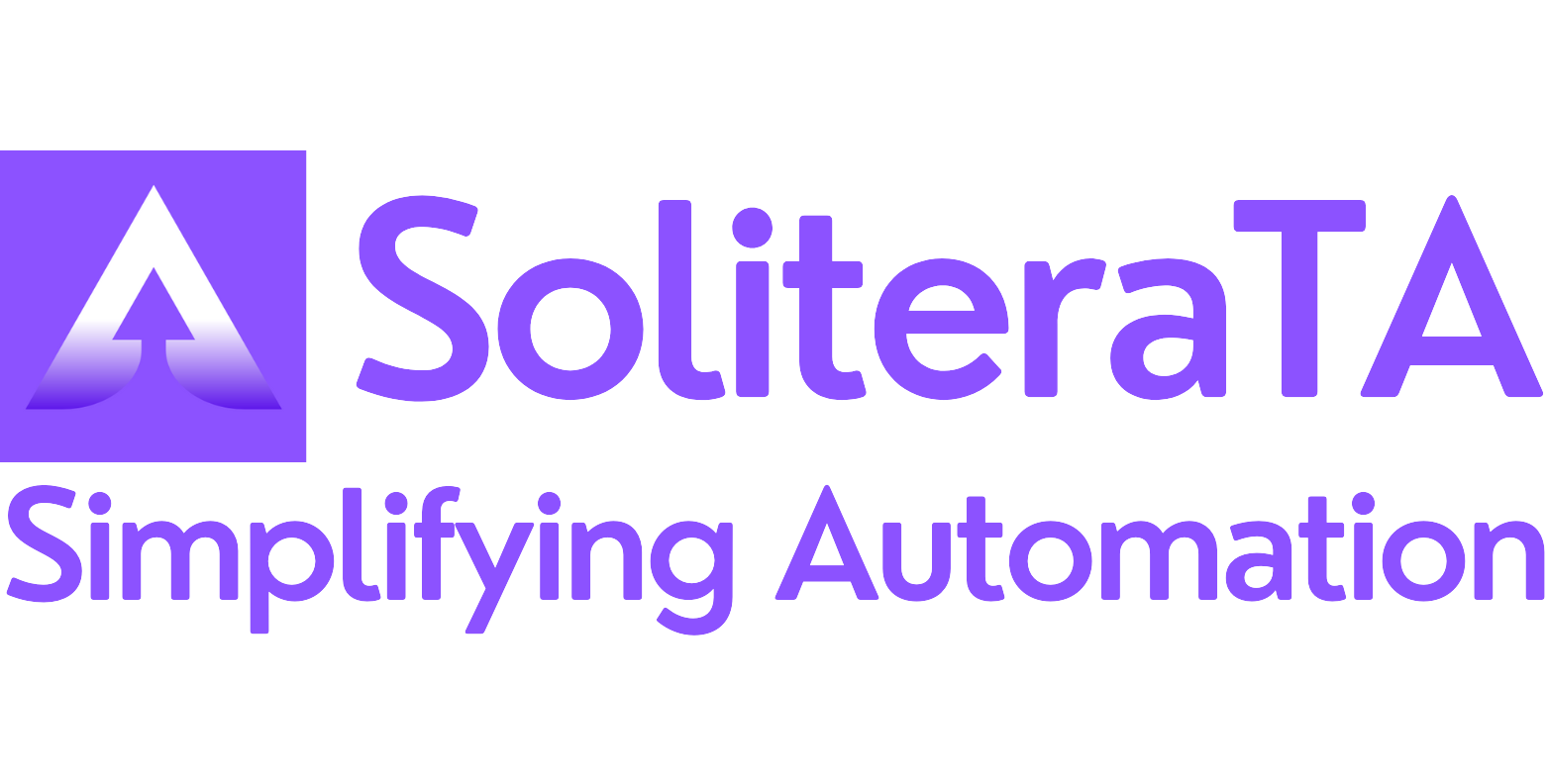double click on desktop window with coordinates {string} and {string}
Desktop step-Definition double click on desktop window with coordinates {string} and {string} Keyword Given, When, And, Then Description will double click on desktop window with coordinates Declaration Code Element Application Test Data Then double click on desktop window with coordinates “280” and “350” NILL NILL NILL Remarks This step performs a click action on the element specified by “element_name” within the desktop window. Working when we are passing coordinates after calculating from focused element Restriction Ensure that “element_name” is a valid and unique identifier for the element you want to click on. Make sure the element is visible and clickable before attempting the click action. The element with the name “element_name” should be clickable, and it should be possible to click it to the specified coordinates (x, y) in the desktop window. Table of contents Keyword Description Declaration Remarks Restriction
double click on desktop window with coordinates {string} and {string} Read More »
